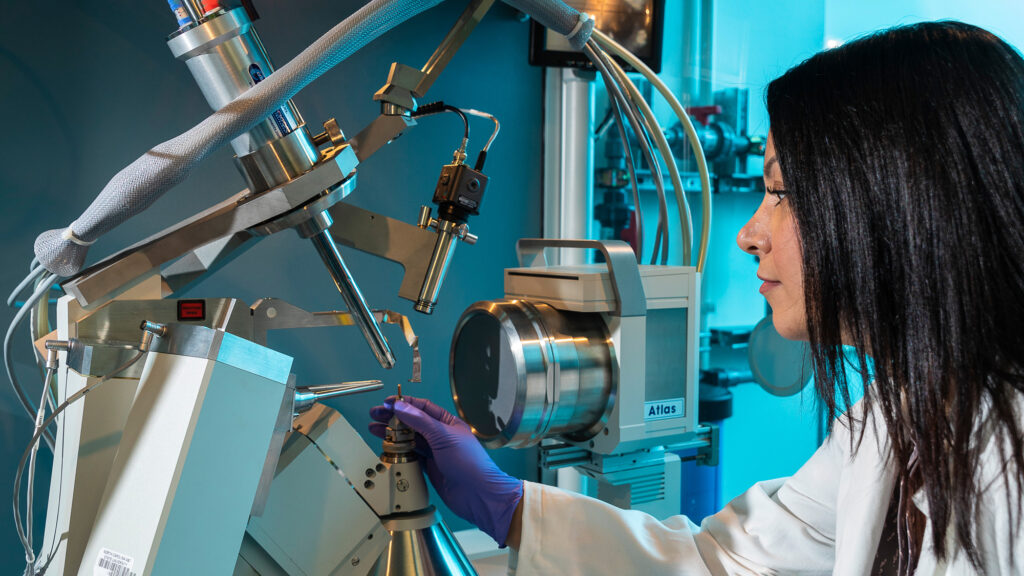Dr. Kaira Wagoner (Biology) received new funding from the National Science Foundation for the project “Exploring commercialization of a novel, pheromone-based tool for determining honey bee colony pest and disease resistance.”
Despite numerous management and breeding interventions, the ectoparasitic mite Varroa destructor combined with the pathogens it vectors remains the primary biological threat to honey bee (Apis mellifera) health. Hygienic behavior, the ability to detect, uncap, and remove unhealthy brood from the colony, has been selectively bred for over two decades, and continues to be a promising avenue for improved Varroa management.
Although the hygienic trait is elevated in many Varroa-resistant colonies, hygiene does not always confer Varroa-resistance, as some hygienic colonies still require miticides to limit mite infestations. Additionally, existing Varroa-resistance selection methods tend to trade efficacy for efficiency, because those achieving the highest levels of Varroa resistance can be time-consuming and thus expensive and impractical for commercial use.
The researchers have developed a prototype mixture of synthetic honey bee brood pheromones associated with Varroa and/or Deformed-Wing Virus infestation, which can be used to trigger hygienic behavior in a two-hour assay. Colony hygienic response to this Unhealthy Brood Odor (UBO) assay is negatively correlated with mite infestation, and positively correlated with removal of experimentally introduced mites. Colonies that score higher on the UBO assay are also more likely to overwinter successfully, possibly as a result of having lower Varroa loads.
This novel tool has the potential to improve honey bee health and revolutionize the selective breeding of honey bees, as it improves efficiency of selection methods by enabling rapid identification of Varroa-resistant honey bee colonies. In addition, the tool can be used to inform important apiary management decisions, and thus has the potential to save beekeepers money by reducing labor inputs, minimizing miticide use, and preventing pest population buildup.





